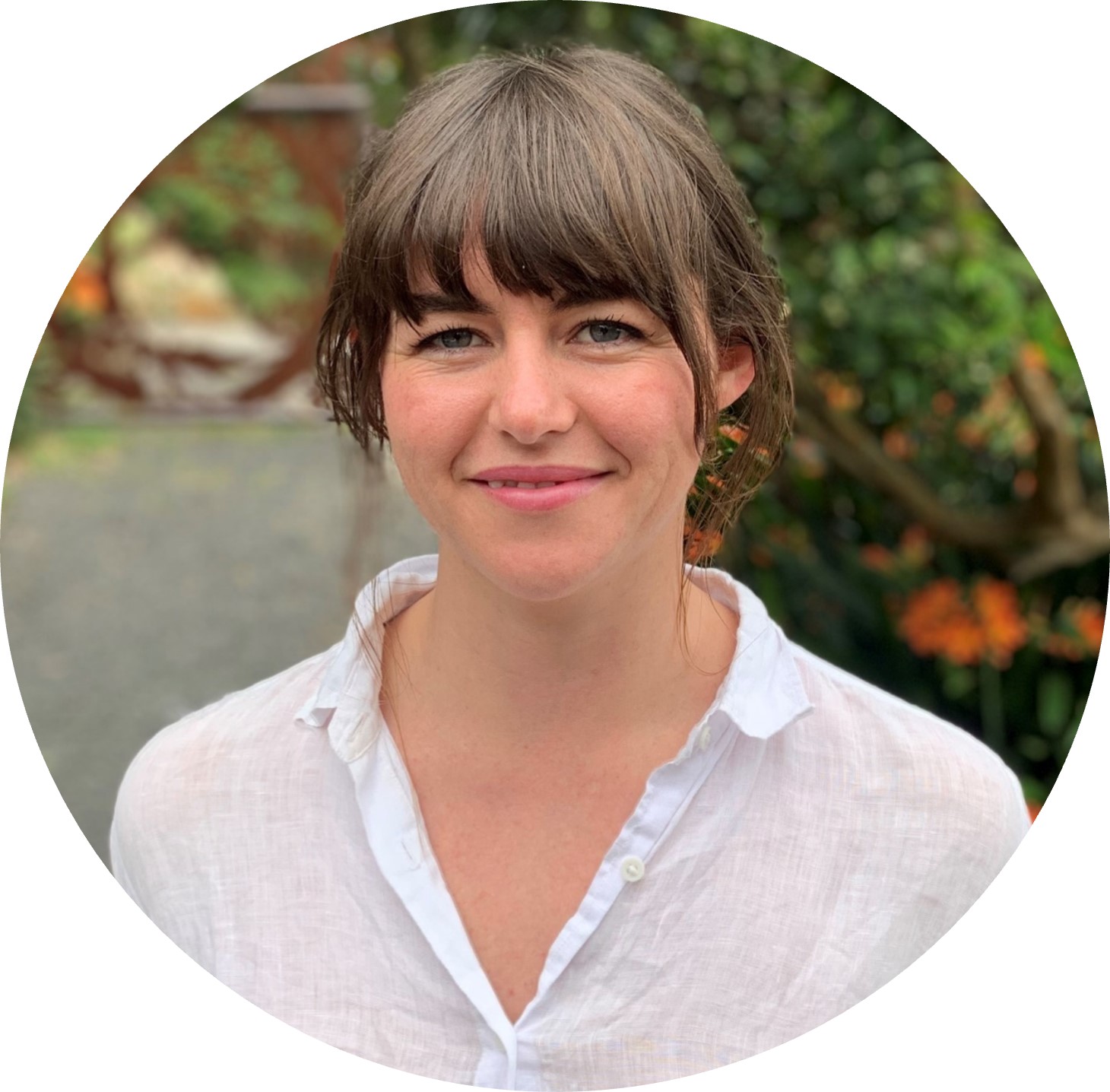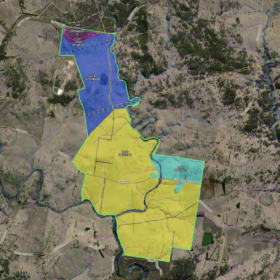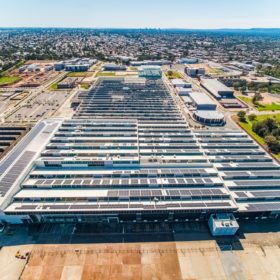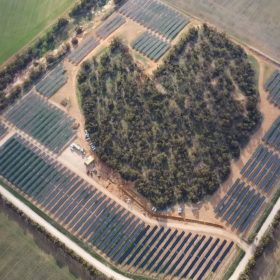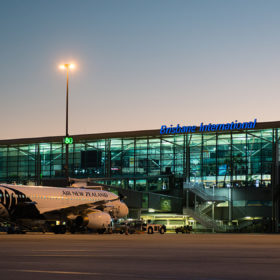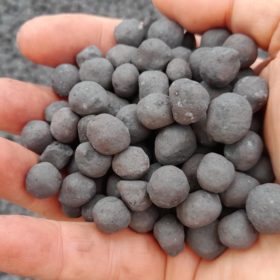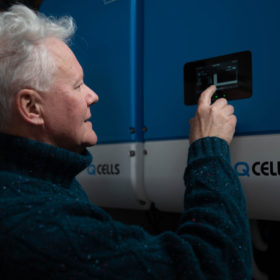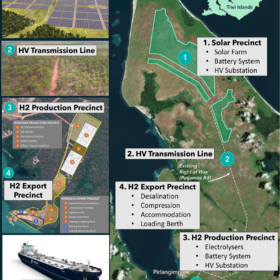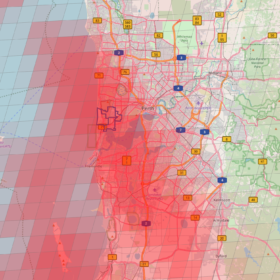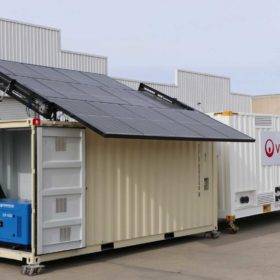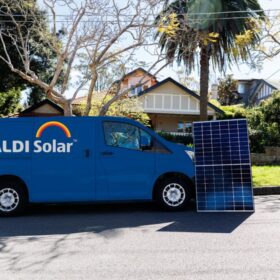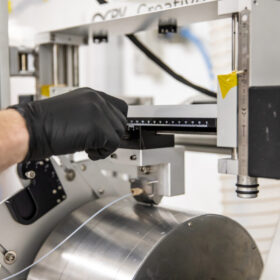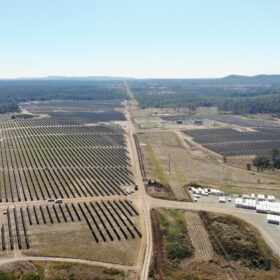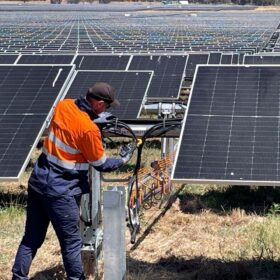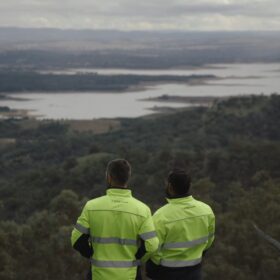NSW solar farm agrees to pay $5.9 million ‘community benefit contribution’ as part of council REZ demands
The 225 MW Oxley Solar Farm, proposed in northern NSW, has agreed to pay $5.9 million as a “community benefit contribution.” The payment links to a recent list of demands from councils within the New England Renewable Energy Zone fed up large-scale projects deliver “significant financial and social costs with little tangible benefit to our regions.”
Massive commercial PV install ‘practically’ completed at former car manufacturing plant in Adelaide
A former car manufacturing site turn “innovation precinct” in Tonsely Adelaide is now home to one of Australia’s largest rooftop arrays at 4.83 MW. Completed by CleanPeak Energy, the system will supply around 75% of the energy needs of the 56 hectare site, with batteries set to arrive before summer.
Hearts for the newly energised SA solar farm
The 4.95 MW Kerta Solar farm in South Australia has this week been energised, with owners Green Gold Energy saying its commissioning is “coming soon.”
Brisbane Airport expands AI program to help meet sustainability goals in airport first
Brisbane Airport Corporation is set to expand its use of artificial intelligence (AI) energy optimisation technology across the international airport following a successful six month trial.
SA’s Whyalla steelworks hits green steel milestone with first batch of premium magnetite
South Australia’s Whyalla, the site of the state’s government-backed hydrogen hub, has begun producing a vital component used to make green steel: magnetite concentrate. The steelworks is owned by billionaire steel tycoon Sanjeev Gupta through his global company GFG Alliance. Gupta has described magnetite concentrate as “a critical enabler of our global green steel strategy.”
Qcells Australia reports 194% jump in battery sales in July
South Korean solar and battery manufacturer Qcells says its Australian arm has seen 194% growth in energy storage system (ESS) sales in July 2022 compared to the first quarter of the calendar year.
2.8 GW Tiwi Island green hydrogen proposal granted Major Project Status
Australia’s Provaris Energy, formerly known as Global Energy Ventures, has had its 2.8 GW Tiwi Island’s green hydrogen project awarded Major Project Status by the Northern Territory government.
New Zealand hydrogen R&D blossoms with German backing
New Zealand and Germany have partnered up to provide NZ$2 million (AU$1.8m) each to three green hydrogen research projects, including one to develop more efficient anion exchange membrane electrolysers which promise to be cheaper and more sustainable to manufacture.
Melbourne startup to forecast entire region’s solar output using real-time satellite data
Combining satellite images of Australian rooftops with those of real-time cloud cover to create accurate forecasts of distributed solar output for suburbs and perhaps even whole regions and states is the focus of a new Australian startup, Solstice AI. “We’re kind of at a point now where there’s so much solar that it’s causing all these issues but, if we can forecast it, many of these issues can be alleviated or managed much better,” the company’s cofounder and CEO, Julian de Hoog, tellspv magazine Australia.
The growing demand for off-grid leads to compact, pre-wired systems
With headlines dominated by spiking electricity prices and energy security, the demand for off grid solutions in Australia is booming. “It’s starting to make financial sense, that’s significant,” Matt Miller, the marketing manager for Victorian company Commodore tells pv magazine Australia.
